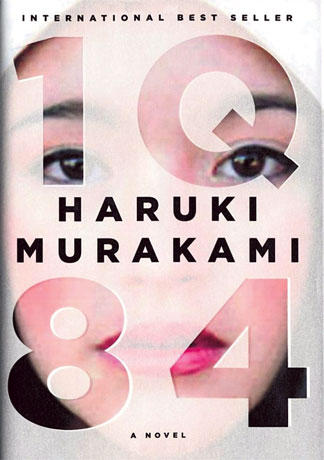Book Review: Haruki Murakami’s 1Q84
Haruki Murakami’s Puzzling, Titanic Saga


Latest Article|September 3, 2020|Free
::Making Grown Men Cry Since 1992




